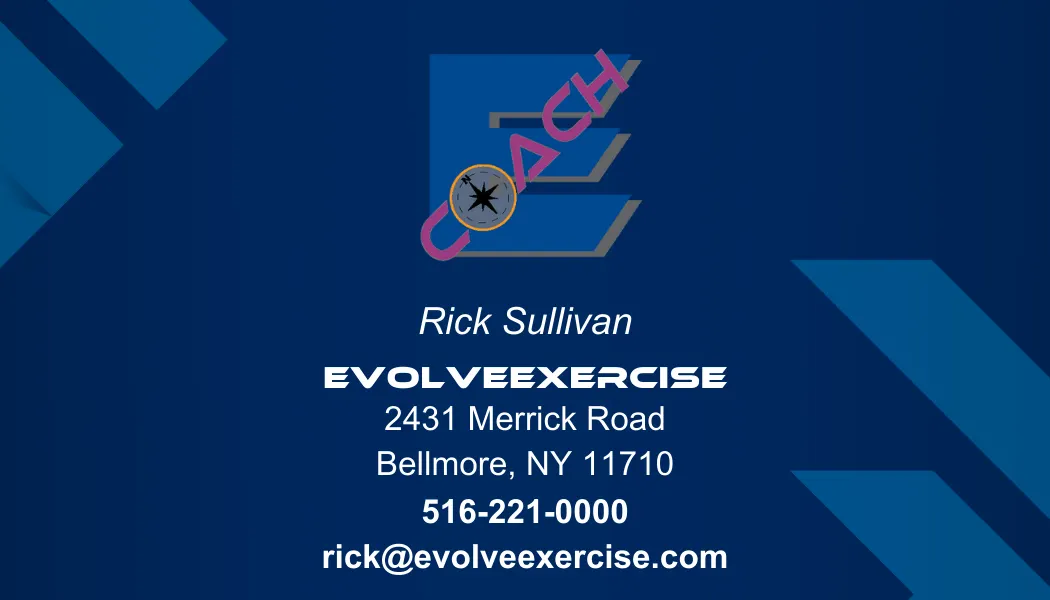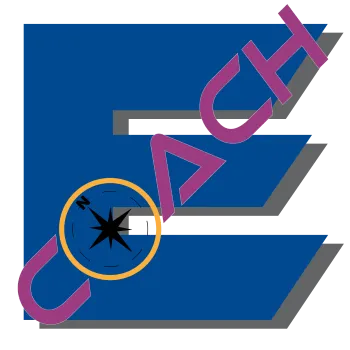The Action Plan
The Action Plan
The Action Plan: A Simple, Evidence-Based Approach to Sustainable Change
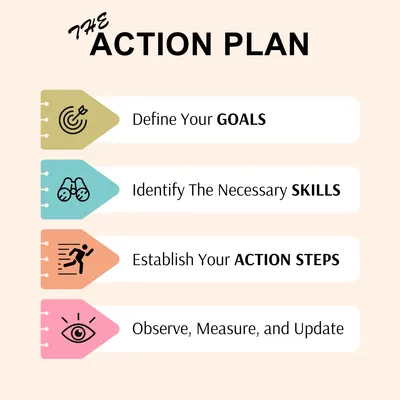
Achieving meaningful change doesn’t require magic formulas or secret shortcuts—it requires clarity, consistency, and a plan. That’s where The Action Plan comes in. This straightforward process focuses on setting a clear goal, identifying the skills needed to achieve it, and breaking those skills into small, manageable daily actions.
It may sound simple—perhaps even too simple—but simplicity is often the key to success. If you’re looking for the latest “super-secret magic potion,” this might not be for you. But if you’re ready to embrace evidence-based behavior change strategies that have been proven time and again to deliver results, you’re in the right place.
The GSA Model: Goals, Skills, Actions
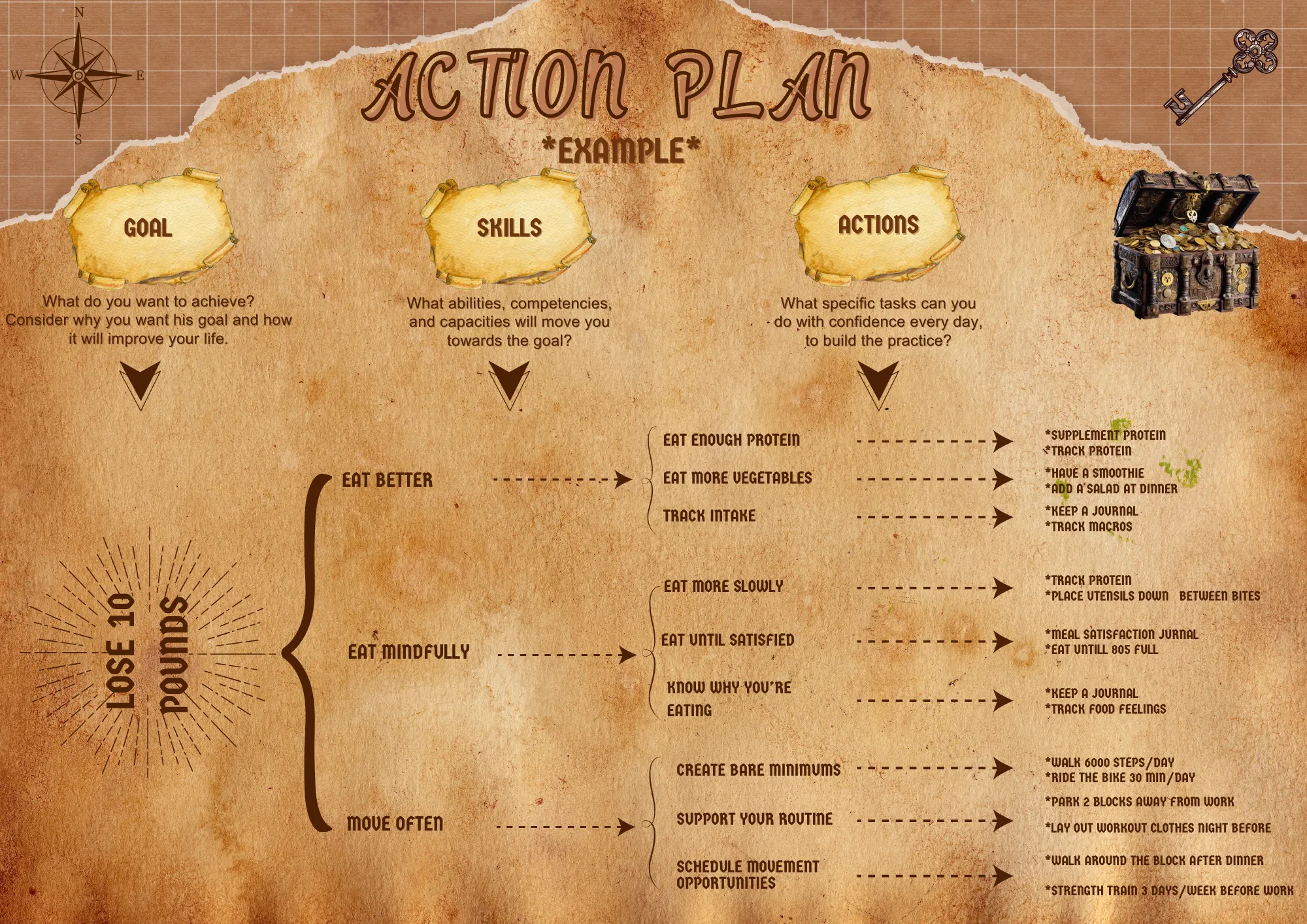
Let’s break down the process into three essential steps
1. Define Your Goal (G)

An effective action plan starts with a clear and meaningful goal. But don’t stop at the surface level—dig deeper. For example:
- Instead of saying, “I want to lose 10 pounds,” ask yourself why.
- When you come up with an answer (e.g., “to feel healthier”), ask why again.
- Keep repeating this process until you uncover a powerful reason that resonates with you on a deeper level.
This “why” will serve as your guiding force, keeping you motivated through inevitable challenges.
2. Identify the Necessary Skills (S)

Once you’ve defined your goal, identify the skills required to achieve it. Let’s stick with the example of losing 10 pounds. To reach that goal, you might need skills like:
- Improving food quality
- Learning how to meal prep
- Increasing daily movement
Start by choosing just one skill that feels like the best entry point for you. Remember, this is a journey—you’ll build additional skills over time as you progress.
3. Take Action (A)

With your skill in mind, pick one small action step that will help you develop it. This action should feel easy—something you’re at least 90% confident you can do consistently (think: “9 out of 10” confidence).
For example: Let's say you want to improve food quality by adding more vegetables to your diet. Your action step might be adding a cup of vegetables to 5 out of 7 dinners during the week.

How to Measure Success
To ensure accountability and track progress, decide how you’ll measure success:
- Text “yes” or “no” to a coach or accountability partner each day.
- Check off your accomplishment on a calendar.
- Use any method that works for you—just make sure it’s measurable!
Reviewing Progress
Regularly reviewing your progress is essential for staying on track and making adjustments as needed. Set a review period of at least one week but no more than two weeks. During this time:
- If you struggled to meet your goal consistently, scale back the action step or choose a different skill/action altogether.
- If you met your goal but found it challenging, stick with the same action for another week to build confidence and consistency.
- If you achieved your goal easily, increase the challenge slightly for the next week.
- As you master each skill and action step, layer on additional skills or more challenging actions. This creates a compounding effect that accelerates progress and leads to incredible results over time.
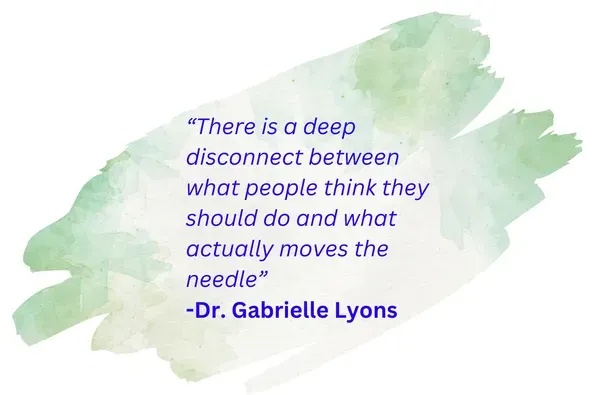
The Power of Small Steps
The beauty of this approach lies in its simplicity and flexibility. By focusing on small, manageable steps, you create momentum without feeling overwhelmed. Over time, these tiny actions add up to significant change—and because they’re rooted in evidence-based strategies, they’re far more likely to stick.
If you’re ready to take control of your goals and create meaningful, sustainable change in your life, I’d love to help! Reach out to me today to learn more about creating your personalized action plan.
